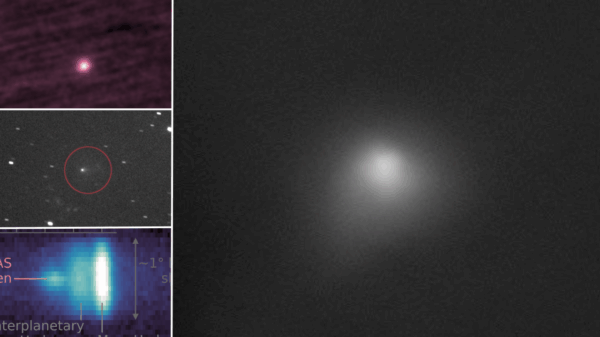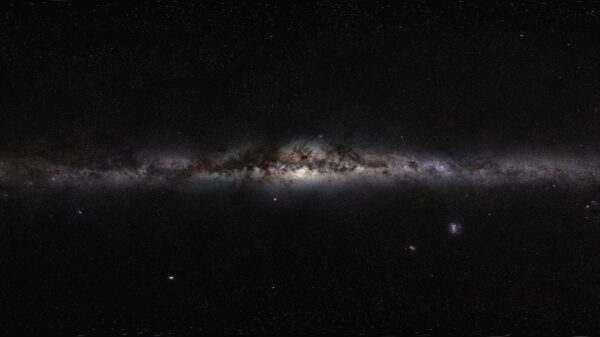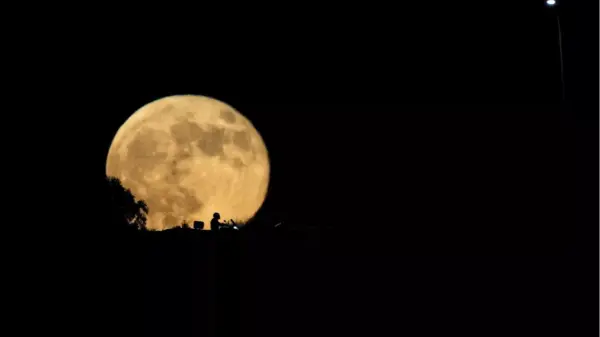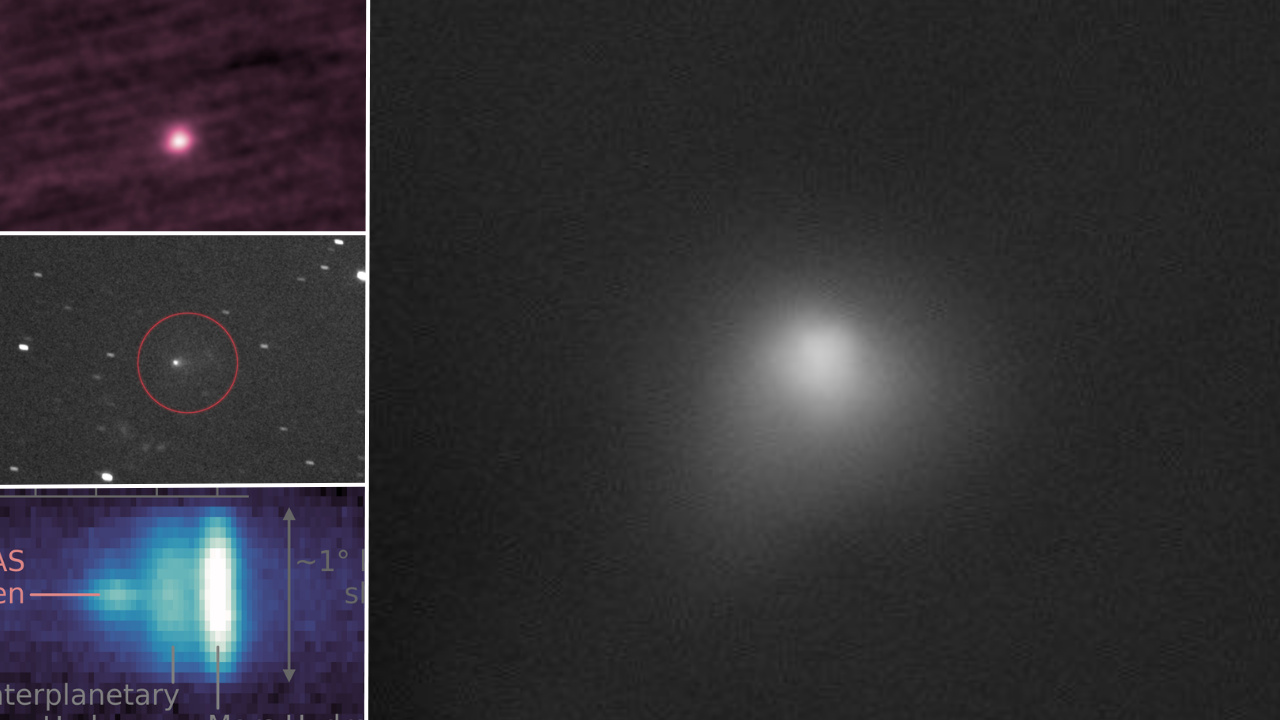NASA has provided significant insights into the interstellar comet 3I/ATLAS, which was discovered on July 1, 2023, by the ATLAS telescope in Chile. This comet is only the third confirmed object to enter our solar system from another star. Following a recent government shutdown that limited NASA’s communications, the agency held a briefing to discuss findings from over 20 missions, clarifying misconceptions and presenting new data on this intriguing celestial visitor.
During the briefing, NASA Associate Administrator Amit Kshatriya emphasized that 3I/ATLAS is of natural origin, countering speculation that it might be an alien spacecraft. “We very much want to find signs of life in the universe,” Kshatriya stated, “but 3I/ATLAS is a comet.” This affirmation aims to quell online rumors that gained traction during the recent government shutdown.
Key Findings About 3I/ATLAS
NASA’s analysis has revealed several critical aspects of 3I/ATLAS.
Firstly, the comet displays all the characteristics of a typical comet. In response to early claims made by researchers suggesting it might represent advanced technology, Kshatriya remarked, “This object is a comet. It looks and behaves like a comet, and all evidence points to it being a comet.” Additionally, Nicky Fox, Associate Administrator for NASA’s Science Mission Directorate, confirmed that no observations indicate any signs of alien technology, stating that 3I/ATLAS poses no threat to Earth, as its closest approach will be about 170 million miles (approximately 270 million kilometers) away.
Secondly, the collaborative effort to observe 3I/ATLAS was extensive. NASA coordinated a planning session that involved over 20 missions. This included spacecraft from Earth orbit to Mars and beyond, enabling scientists to gather data from various angles. Tom Statler, lead scientist for solar system small bodies at NASA, likened the observational effort to watching a baseball game from different seats in the stadium, noting that each spacecraft had a distinct vantage point.
In early October, NASA’s Mars Reconnaissance Orbiter captured images of 3I/ATLAS, revealing its coma, a cloud of dust and ice surrounding the nucleus. The MAVEN orbiter detected hydrogen gas released as sunlight vaporized the comet’s water ice, yielding crucial data about its composition. Other missions, including the Hubble Space Telescope and the James Webb Space Telescope, contributed further insights, allowing scientists to estimate the comet’s nucleus size to be between 1,400 feet (approximately 427 meters) and 3.5 miles (around 5.6 kilometers).
A Glimpse into Distant Star Systems
3I/ATLAS offers a unique opportunity to study materials that may have formed in a distant planetary system, potentially older than our own. Statler expressed excitement about the possibilities of what this comet could reveal about cosmic history. “It is a new window into the makeups and histories of other solar systems,” he stated.
Preliminary findings indicate that 3I/ATLAS has a higher-than-usual ratio of carbon dioxide to water compared to typical solar system comets. Researchers have also noted gas rich in nickel relative to iron, which presents intriguing avenues for further investigation. The dust around the comet exhibits unusual properties, suggesting variability in grain sizes compared to local comets. Statler highlighted a curious behavior where the dust was initially blown toward the sunward side before solar radiation pushed it back, a pattern that diverges from typical comet behavior.
The data from 3I/ATLAS is still in the early stages, and scientists are eager to explore further. “We’re still learning even about what questions we still need to ask,” Statler concluded. As NASA continues to analyze this interstellar visitor, the findings from 3I/ATLAS could significantly deepen our understanding of comets and the environments from which they originate.




































































